John Abigail; A local lad, local to anyone in Norwich It’s a longer story than I can write, and a sad tale too. Born in Thorpe Hamlet, they moved to Oak Street shortly before the outbreak of The Great War. John was one of eight children, the family were poor one with more than it’s fair share of troubles. Records point at John’s parents exhibiting what now would probably be termed a “chaotic lifestyle” his father was a drayman dragging his demons around behind him; possibly more inclined to spend his meagre income on alcohol in the local pubs around Oak Street than to spend it on his family. Oak Street was a poor area loaded with gin and beer houses legal and otherwise. Often this would leave their children to go without food, tatty clothes and flea and lice infestations. This came to a head when the NSPCC who had been monitoring the family paid them a visit in March 1916, noted the near dereliction of the inside of the house and the state of the younger children who were basically sleeping on filthy vermin infested rags. This resulted in a Hard Labour for Mr Abigail and the workhouse for some cleaning and fresh clothes for John’s siblings.
John went to war in March 1916, only a week or so after his father was released from prison. His older brother was already a regular soldier, Private 9694 Abigail was drafted to the 8th Battalion Norfolk Regiment, left Distillery Yard down near the Anchor Brewery just off Anchor Quay, did basic training and was sent to The Somme. He therefore must have fought through some fairly hideous experiences finding himself in the charnel house that was Delville Wood which bore the additional epithet of ‘Devil’s Wood’ The 8th Norfolk’s played a major part in some of the initial actions in Longueval village, fighting down the side of the wood and into it he was wounded here, although we have no record of how. On return to Britain on leave he went AWOL twice from a camp near Felixstowe, extenuating circumstances, relating to his family, may have led to him not feeling the full impact of the law, but still being given everything from detention, and pay cuts to field punishment, On at least one of these instances his father was imprisoned leaving his younger siblings without any care other than those which the corporation and the early NSPCC could give, so he ran home. In fact it seems that all of his attempts at desertion centre around family problems, he even handed himself in at Britannia Barracks on one occasion.
The battalion were eventually sent back out, this time to fight at Arras, he deserted again and was found near Etaple, a large, brutal training camp also known as The Bullring which is on the coast not far from Calais. He was sent back again this time to the Comines Canal. Under the mud, blood and continual bombardment of Passchedaele he deserted again, this time was the last time, he was found wandering behind the lines. I think it’s reasonable to suggest that he may have been suffering from shellshock by this point, fear is a strange master and bravery odder still, it’s after all not an absence of fear, but the control of it, you can’t help wondering if someone in his state of mind knew what would happen if he was caught but no longer cared he just wanted out of everything.
When on active Service deserting his Majesty’s Service in that he in the field on the 30th July 1917, absented himself from his Battalion after having been warned for the trenches and remained absent until apprehended without arms or equipment by the Military Police in a town behind the lines at about 4.30pm on 2nd August 1917.
This time they didn’t let him off with a simple punishment. He was shot by the men of his own company somewhere near Esquelbecq, in the Pas de Calais on 12 September 1917, and there he remains, buried in a CWGC plot in the local commune’s commune cemetery. John is the only member of the Norfolk Regiment who was shot at Dawn, He was 20. He is remembered in St Augustine’s Church in Norwich, his name simply inscribed on a wooden panel with the other one of ‘our glorious dead’ of the parish. If you go to Coleman’s the Opticians you can pick up a key for the church with it’s red steeple, I did one rain sodden afternoon and went and traced his name with my fingertip in the quiet dark of the church. This boy is one of 306 killed by the state in most cases for effectively being mentally ill in the face of bone-crushing, soul-mashing brutality. He is also the only one as far as I’m aware whose name was placed on a local memorial directly after the conflict. They are all remembered at the National Memorial Arboretum. Sadly no photograph of John exists that I am aware of.
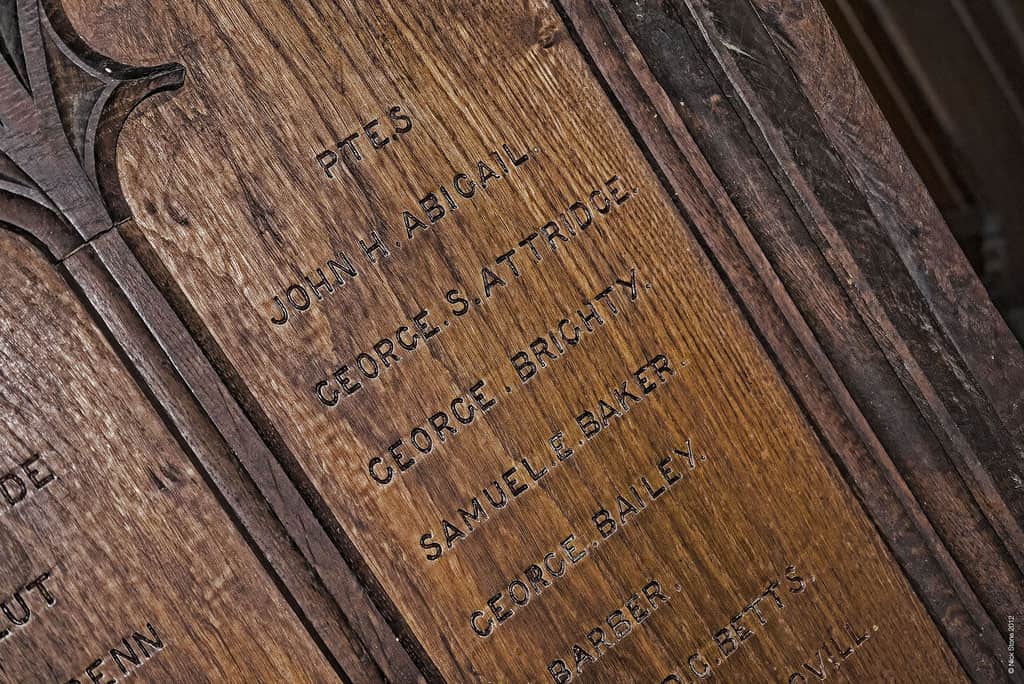
There is a longer more detailed piece on John on the Heart website here by Stuart Maclaren. Stuart has also researched all the other boys and men on the memorial here. He has also written a book, They are not dead; A Norwich parish in the Great War.
Transcriptions of the court papers are available on Jonathan ball’s website here.
UPDATE: We visited him last week at Escelbeqc Commune Cemetery, his grave is below.
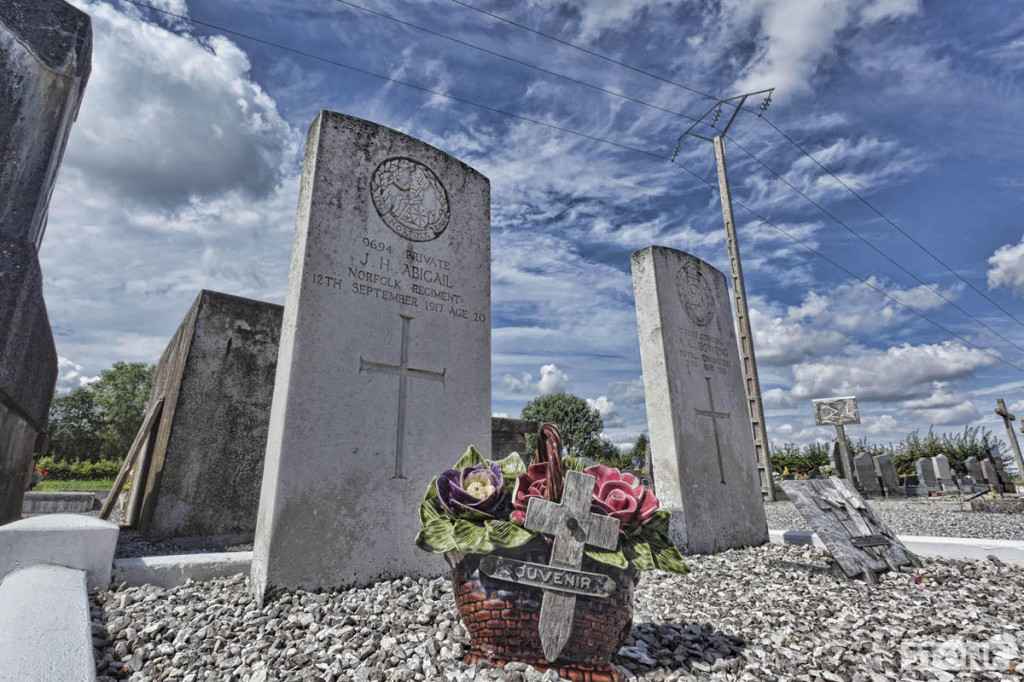

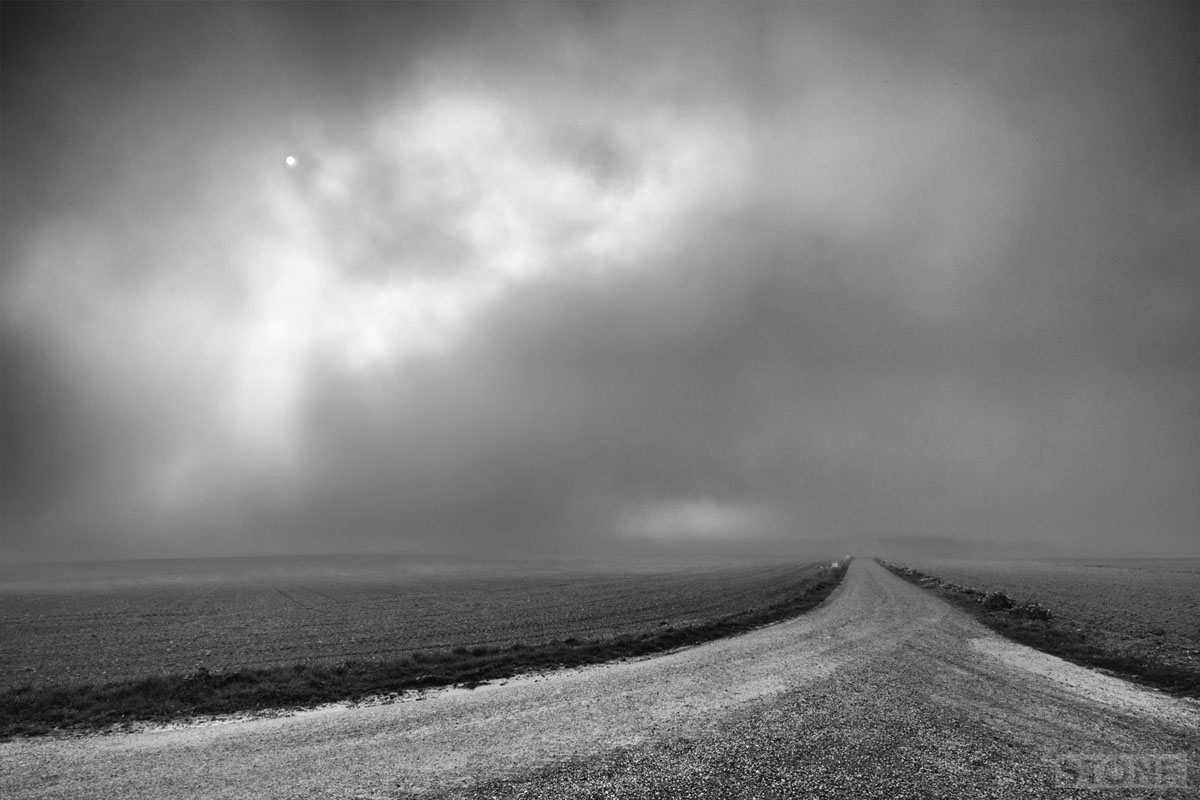
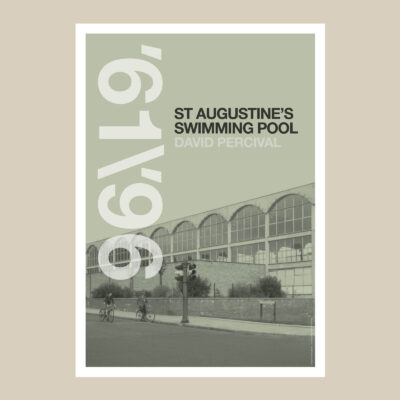
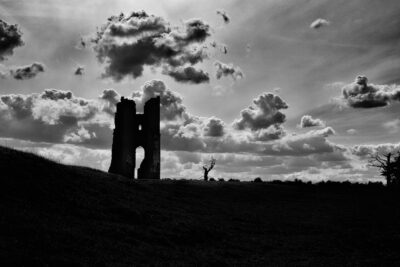
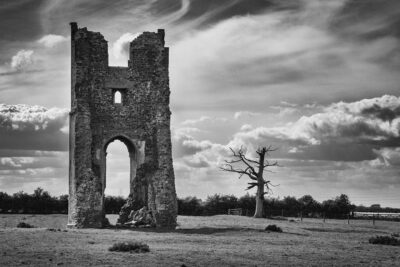
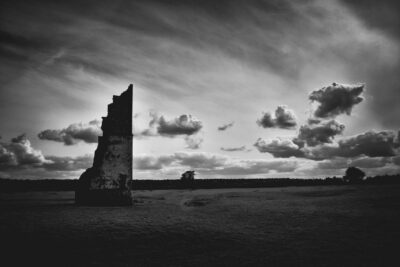
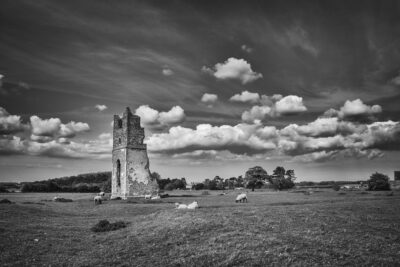
Hi there. Just came across this article. You might be interested to know that on the 100th anniversary of John’s execution he will be remembered on our special shot at dawn pages. http://www.societyforpeace.org.uk/shotatdawn
In August 2014, marking the 100th anniversary of Britain’s declaration of war against Germany, my book on the servicemen of St Augustine’s (and St Mary’s Coslany) parish, Norwich, who died in the First World War was finally published, the result of more than 15 years research. There is a whole chapter, 29 pages in fact, on the life and death of Private John Henry Abigail. ‘They Are Not Dead” A Norwich Parish in the First World War, is available from Lark’s Press http://www.booksatlarkspress.co.uk.
Thank you Stuart. I currently have your book out on loan from the library and it is an outstanding piece of work. Brilliantly researched with meticulous attention to detail. It is a great tribute to these men who died so early in their lives. It is a brilliant piece of original historical research both from a military point of view but perhaps more importantly a social point of view. It really creates a picture of Norwich in the early part of the twentieth century and gives a really clear picture of the real cost of the war and it’s terrible impact on whole communities in the city. Thanks so much I used to live near Waterloo road and I will be trying to visit the church memorial in the next few months.
Hello, I came across this article whilst researching family history. I believe that John Abigail was my great uncle, on my fathers side of the family. We still live in Norwich. I’m really keen to learn as much about John’s story as possible.
I am researching John currently send me your email address and I will foreword onto you anything I find better still come on messenger Roy Kevin Holloway or join Facebook group The Forgotten Remembered
Thanks so much for this. I chanced upon it via your piece on the City Walls. I will certainly look up Stuart’s book as well. It is a grim reminder of the shameful way these soldiers were treated. I was not aware that they were usually remembered with a memorial in their home town or by a gravestone. I thought that that was an ultimate punishment, not to be remembered, possibly someone could enlighten me on this.
Having read a brilliant book on the Somme by Richard van Emden (The Somme in their own words and photographs) It seems likely that some men like this were shot by their own side (as if by accident) before things got to this stage rather than be executed by a firing squad of their own side who were often ordered to carry out the task rather than volunteer.
Many thanks for this excellent site
Thank you for this detailed info.
I visited the National Memorial yesterday and saw The Shot at Dawn garden.
John Abigail is number 001 in the garden. I have a photo if you would like to add it.
Fascinating. Thanks for posting! You might be interested in a play entitled “The Prisoner’s Friend”, which I saw a few years ago. It’s about a WW1 man who was shot for cowardice (although he was certainly no coward). A couple of reviews here: https://www.thenorthernecho.co.uk/news/6991337.wills-legacy and https://www.chroniclelive.co.uk/whats-on/theatre-news/one-tragic-mans-war-1607976 There is a recording of the one-man play here: http://www.babyloveproductions.co.uk/the-prisoners-friend-by-peter-drake and I found a the first couple of pages of the script here: https://www.stageplays.com/static/the_prisoners_friend You can also read the first couple of pages here: https://www.stageplays.com/static/the_prisoners_friend/